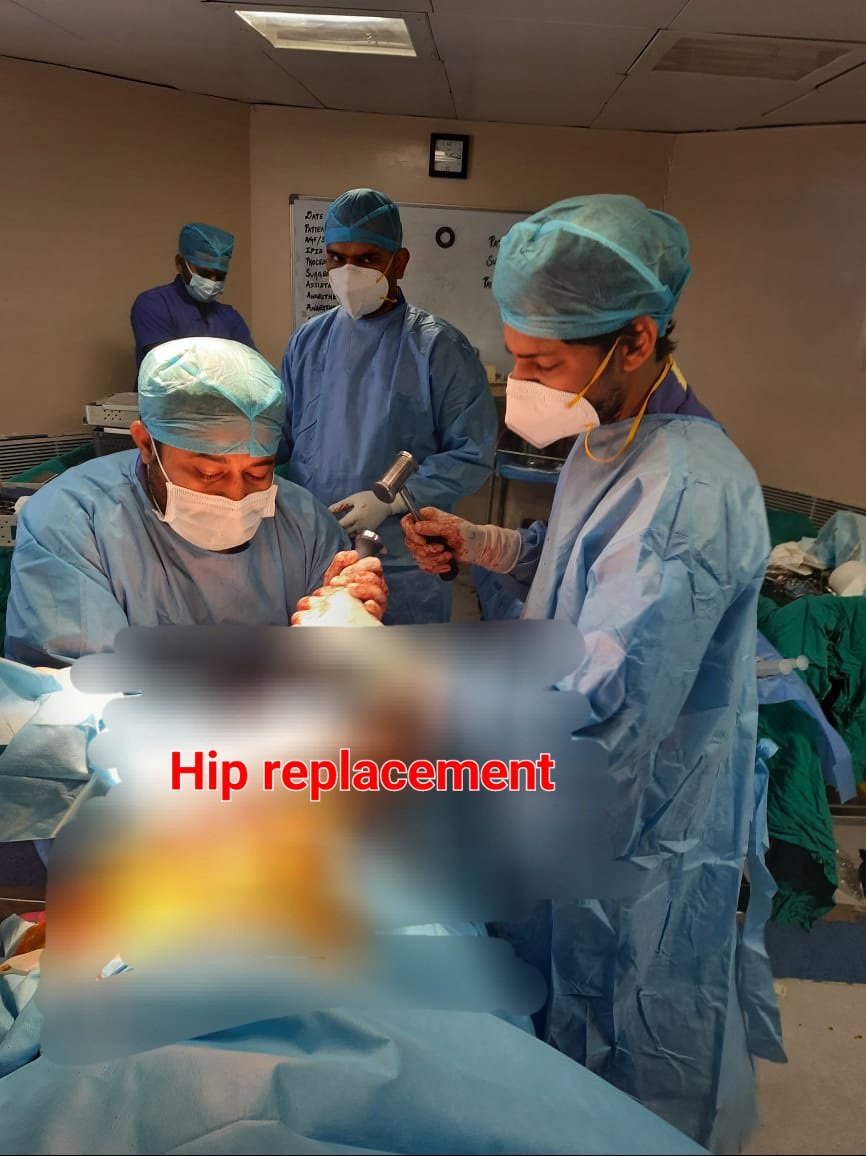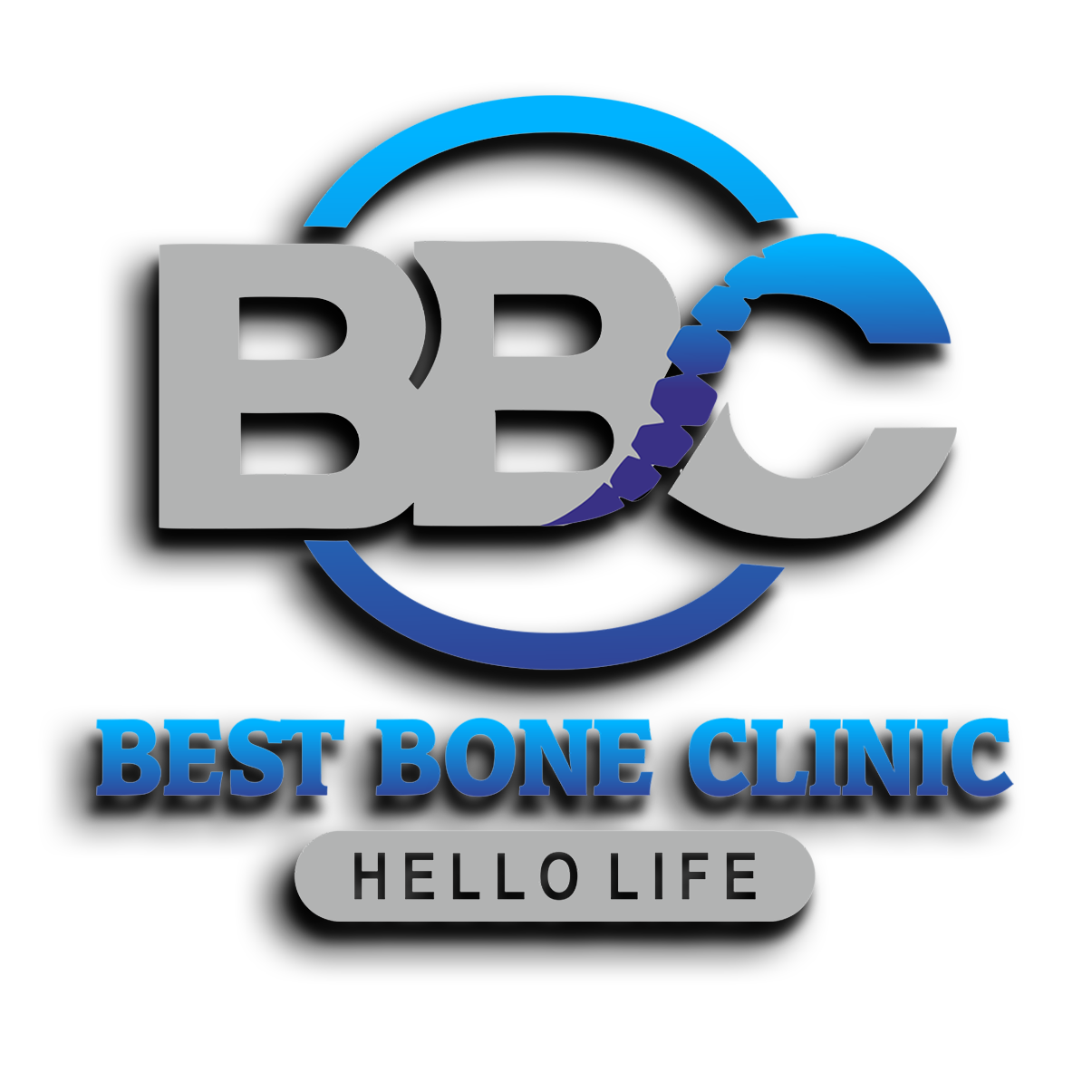Hip Replacement Recovery Guide

Hip replacement recovery is a crucial phase that determines the long-term success of your surgery. Dr. Bipin Solanki provides comprehensive guidance to ensure optimal recovery and return to an active lifestyle. This complete guide covers everything you need to know about hip replacement recovery.
Understanding Hip Replacement Recovery Timeline
Recovery from hip replacement surgery follows a structured timeline:
Immediate Post-Surgery (Days 1-3)
- Hospital Stay: Typically 1-3 days
- Pain Management: Medication and ice therapy
- Early Mobility: Getting out of bed with assistance
- Physical Therapy: Basic exercises and walking
- Wound Care: Keeping incision clean and dry
Early Recovery (Weeks 1-6)
- Home Recovery: Gradual increase in activity
- Physical Therapy: Regular sessions 2-3 times per week
- Walking: Progressive increase in distance
- Pain Management: Gradual reduction in medication
- Follow-up Visits: Monitoring progress
Mid-Recovery (Weeks 6-12)
- Increased Activity: More walking and light exercises
- Strength Training: Building muscle strength
- Range of Motion: Improving flexibility
- Return to Work: For sedentary jobs
- Driving: When cleared by surgeon
Long-term Recovery (3-12 months)
- Full Activity: Return to most daily activities
- Exercise Programs: Swimming, cycling, walking
- Sports: Low-impact activities
- Annual Check-ups: Long-term monitoring
Essential Recovery Exercises
Regular exercise is crucial for successful hip replacement recovery:
Early Post-Surgery Exercises
- Ankle Pumps: Moving ankles up and down
- Gluteal Sets: Squeezing buttock muscles
- Quadriceps Sets: Tightening thigh muscles
- Heel Slides: Sliding heel toward buttocks
- Straight Leg Raises: Lifting leg while lying down
Progressive Strengthening Exercises
- Mini Squats: Partial squats with support
- Step-ups: Stepping up and down on stairs
- Hip Abduction: Moving leg to the side
- Hip Extension: Moving leg backward
- Balance Exercises: Standing on one leg
Pain Management During Recovery
Effective pain management is essential for successful recovery:
Medication Management
- Prescription Pain Medication: As prescribed by surgeon
- Anti-inflammatory Drugs: Reducing swelling
- Muscle Relaxants: If needed for muscle spasms
- Gradual Tapering: Reducing medication over time
Non-Medication Pain Relief
- Ice Therapy: 15-20 minutes several times daily
- Heat Therapy: For muscle stiffness
- Elevation: Keeping leg elevated when resting
- Compression: Using compression stockings
Home Safety and Modifications
Creating a safe home environment is crucial for recovery:
Essential Home Modifications
- Grab Bars: In bathroom and near stairs
- Raised Toilet Seat: Easier sitting and standing
- Shower Chair: Safe bathing
- Remove Trip Hazards: Rugs, cords, clutter
- Good Lighting: Especially at night
Daily Living Aids
- Reacher/Grabber: Picking up items
- Long-handled Shoe Horn: Putting on shoes
- Sock Aid: Putting on socks
- Walker or Cane: Mobility support
Nutrition for Recovery
Proper nutrition supports healing and recovery:
Essential Nutrients
- Protein: Building and repairing tissues
- Vitamin C: Collagen formation
- Vitamin D: Bone health
- Calcium: Bone strength
- Iron: Preventing anemia
Hydration
- Water Intake: 8-10 glasses daily
- Electrolytes: If experiencing dehydration
- Limit Caffeine: Can interfere with sleep
Warning Signs and When to Call Your Doctor
Be aware of these warning signs that require immediate attention:
- Fever: Temperature above 101°F
- Increased Pain: Sudden or severe pain
- Swelling: Excessive or sudden swelling
- Redness: Around the incision site
- Drainage: From the incision
- Chest Pain: Or shortness of breath
- Leg Swelling: In calf or thigh
Return to Activities
Gradual return to activities is important for long-term success:
Safe Activities (After 6-8 weeks)
- Walking: Progressive distance increase
- Swimming: Low-impact exercise
- Cycling: Stationary or outdoor
- Light Gardening: Avoid heavy lifting
- Golf: With modifications
Activities to Avoid
- High-impact Sports: Running, jumping
- Contact Sports: Football, basketball
- Deep Squatting: Beyond 90 degrees
- Crossing Legs: At the knee
- Heavy Lifting: Over 20-25 pounds
Long-term Care and Maintenance
Ongoing care ensures the longevity of your hip replacement:
- Regular Exercise: Maintaining strength and flexibility
- Weight Management: Reducing stress on the joint
- Annual Check-ups: Monitoring implant health
- Dental Care: Antibiotics before dental procedures
- Infection Prevention: Prompt treatment of infections
Expert Hip Replacement Recovery Support
Successful hip replacement recovery requires expert guidance and personalized care. Dr. Bipin Solanki provides comprehensive recovery support to ensure optimal outcomes and return to an active lifestyle. Contact us for expert hip replacement consultation and recovery guidance.
Consult Dr. Bipin Solanki